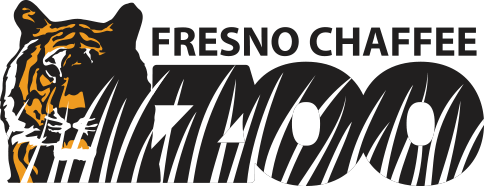Tammar Wallaby
Emu
Emus are the second largest living bird in the world.
The largest living bird is the ostrich. Emus and ostriches along with rheas, kiwis, and cassowaries belong to a group of flightless birds called ratites.
An emu has two kinds of eyelids.
One pair of eyelids is solid for blinking and shutting the eyes. The other eyelid works like a pair of goggles. It is transparent and allows the emu to see while protecting the eye from dust.
Emus are flightless, but not voiceless!
A male emu makes a sound like a pig’s grunt. Female emus make a deep booming sound.
Kookaburra
Coming Soon!
Red Kangaroo
Large marsupials that are found only in Australia
Large hind feet, with reduced numbers of toes, long heavy tail and semi-bipedal stance is common to all the Macropod species. The males are considerably larger than the females. The gray roo males are about the size of the female red roos and wallaroos are just a little bit smaller. A roo’s head resembles a deer with large ears. The shoulder structure has many similarities to humans, with a clavicle (collar bone) and side-ways mobility. The hands have no opposable thumb but oppose each other radially, are very hand-like and they grip well.
Range
The ungulates of the outback, macropod roos range the grasslands and open woodlands of Australia’s inland plains. Tree kangaroos, of course, frequent the forests and are apt climbers. Some of the smaller roos frequent rocky outcroppings and are quite agile, leaping from rock to rock.
Diet
- Wild – Grazers and browsers, grasses, forbes and brush tips.
- Zoo – Alfalfa, oats, grains, some fruit.
Coloration
The red roo male is rusty to red-brown with cream to white underparts; the female is ash grey, some having a reddish on the lower limbs; the joeys are born (exit the pouch) with their adult color.
Behavior
Megapods travel in groups called mobs. The size of the mob fluctuates seasonally, depending on water and food availability. Their dense fur is insulation against cold and shields the animals from the searing sun. They pant when overheated and need to cool. They will also lick their arms and chest if very hot.
Adaptations
The pouch is well developed, which would make sense considering the potential jarring the joey might receive when the female is in full flight. Aboriginals used the various roos as a main part of their diet. Fleeing roos move, by 20-foot bounds or more, with great efficiency. The energy is loaded into the Achilles tendon each time the roo lands, the great legs bending under the impact. As the roo pushes off into the next leap, the energy is released and the net energy loss is quite minimal.
They have been clocked at 88 km/h for short distances (50 mph), although they usually travel at about 25 mph. They have been seen to jump as high as 3 meters (9 feet). Most, however, cannot clear 1.5 meters unless approaching it straight on. Many roos have been caught in fences because they hit it with their feet on the way over.
The roo’s tail is strong, heavy and tapered and is used as a rudder and for balance when leaping. It is also a support, the third leg of a stool while sitting and a prop as the hind legs are moved forward during grazing. It can support the animal’s entire weight, as when the males are combating (a boxing and kicking match).
Breeding & Growth
The fetus of the red roo weighs only 0.75 – 1 g (1/30,000 the weight of the mother, according to Grzimek). The most well developed part of the fetal brain is the olfactory center. It is assumed that the fetus moves to the pouch, and ultimately to the teat, by its sense of smell. The front feet have well-developed toes and claws, the hind limbs are just limb buds.
In one particular study, in Canberra, Australia, some 60-70% of kangaroo females that carried a youngster in the pouch were also pregnant. 20% of the females with joeys out-of-pouch had a new youngster on the teat.
